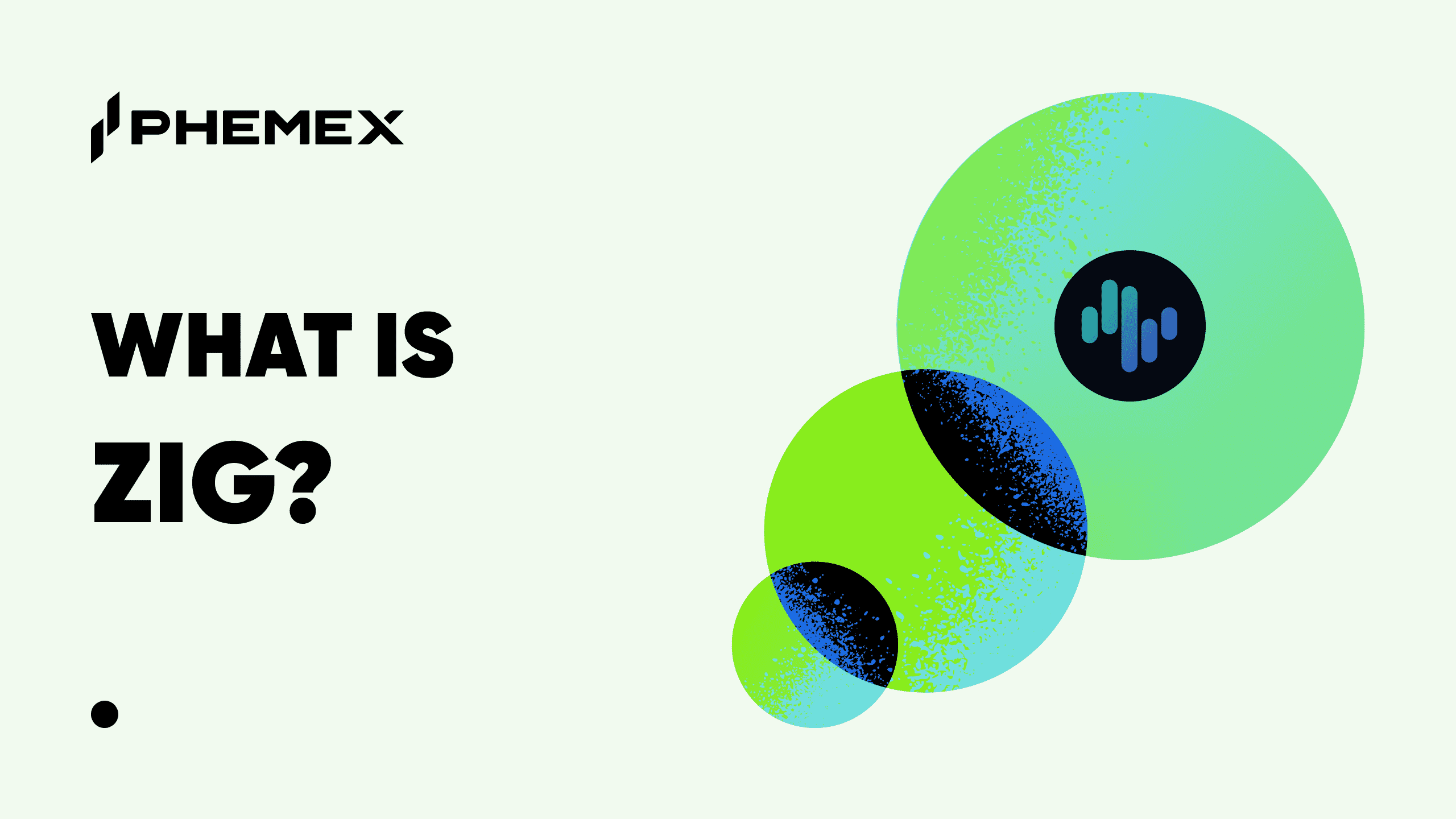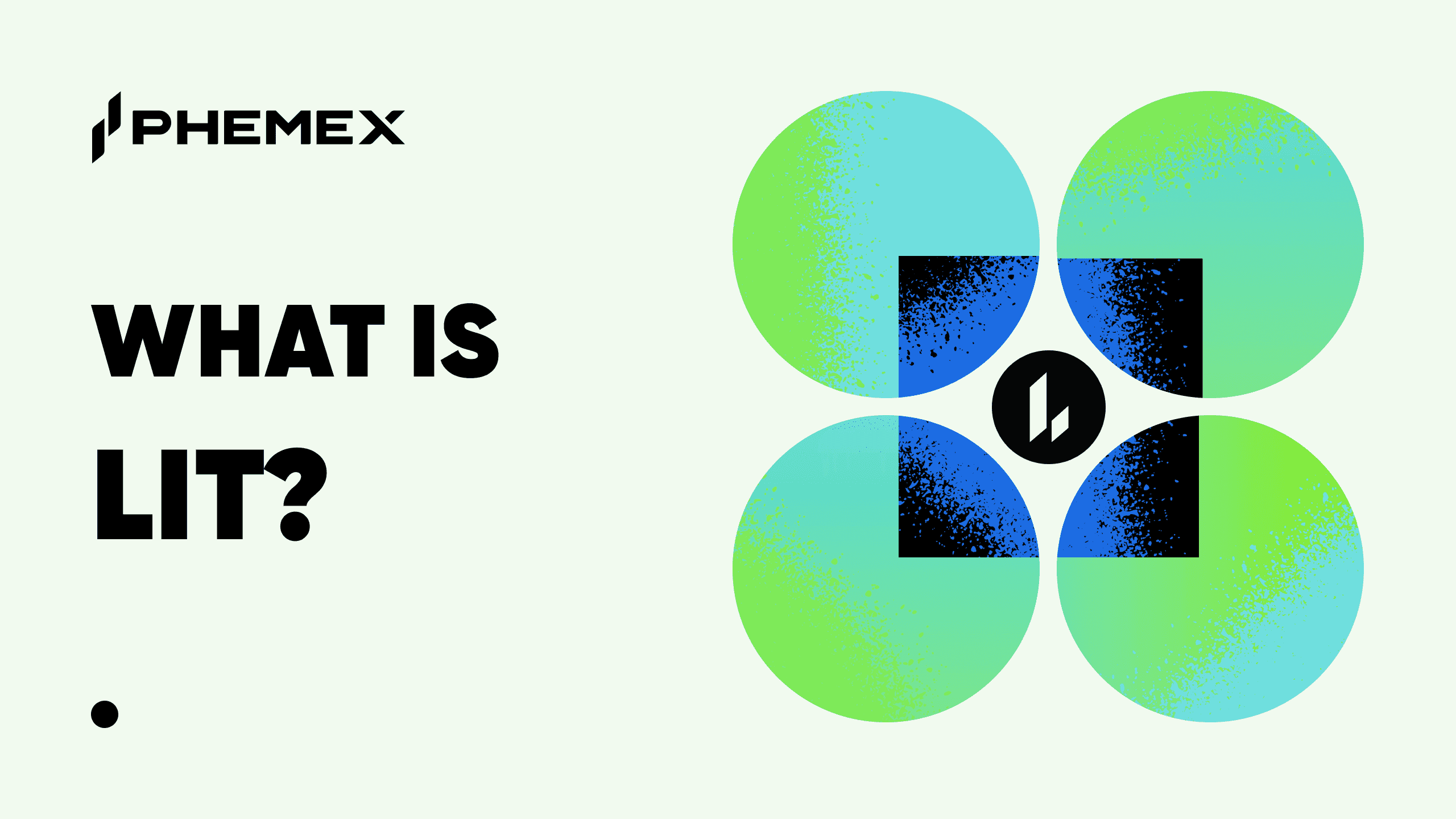Launched in 2018, Holochain is an open-source framework for developing decentralized applications (DApps) without relying on blockchain technology. Holochain’s placeholder token, HoloToken (HOT) trades at $0.0062 per token with a total supply of about 178 billion, for a market cap of $1.1 billion.

What Is Holochain?
With the rise of Bitcoin, blockchain has become one of the most disruptive inventions since the creation of the Internet. This distributed ledger technology offers groundbreaking decentralized, immutable, and transparency features against centralized industries. However, blockchain technology is not free from criticism. Current blockchain networks, such as Bitcoin (BTC) and Ethereum (ETH) suffer from scalability issues and require large amounts of energy for operation.
Holochain is an alternative technology that offers a more scalable and energy-efficient solution to existing distributed ledger technologies powered by blockchain. It serves as the framework and toolkit for developers to build DApps without using blockchain technology. On Holochain, DApps are called Holochain applications, or hApps.
Holochain vs. Blockchain
The key difference between Holochain and blockchain is the transaction verification method. In a blockchain, nodes in a network verify transactions in a “data-centric” approach, either by achieving global consensus using the Proof-of-Work (PoW) algorithm or a majority confirmation with the Proof-of-Stake (PoS) algorithm.
Holochain, on the other hand, does not have any consensus algorithms. Instead, it uses rrDHT, an “agent-centric” approach via distributed hash tables (DHT) where each Holochain node can verify and confirm transactions independently. The individual nodes then randomly broadcast the verification result across the network so other nodes can check the verification and detect modified or invalid data in a process called peer validation. One useful property is that the network is less prone to consensus-based attacks such as majority attacks and sybil attacks as it does not have a consensus algorithm.
Each node on the Holochain runs its respective data portions and connects to the network through a cryptographic key. Suppose a node wants to retrieve a specific data asset. The node would need to compare the data’s key against the keys of other nodes. Once the closest match is found, the node can ask for the data at that key.

Difference between a centralized network, blockchain, and Holochain. (Source: Data Driven Investor)
How Does Holochain Work?
Holochain is a combination of multiple cryptographic technologies – hash chains, cryptographic signing, and a DHT. Each node stores and secures their respective data portions with cryptographic hashes signed with their own digital signature on the network. The nodes then share the signed data to the DHT, which has a set of validation rules to determine whether to accept or reject the incoming data.
- Hash chains refers to the successive application of a cryptographic hash function to a given data set. They provide immutable data storage and protection against attackers trying to hijack the data.
- Cryptographic signing refers to the usage of public key algorithms to provide data integrity. Suppose a particular machine signs messages with their digital signature; others can then verify the signature and prove that the data is unaltered and originated from the particular machine.
- Distributed hash table technology is used as a data lookup service. It spreads hash tables, which are indices of keys (unique identifiers) that point to values (any arbitrary data), across different machines for decentralization purposes. If one of the machines disappears, only the data on that particular machine is lost.
Holochain is a highly scalable and energy-efficient distributed ledger system. It combats scalability issues through its underlying DHT technology and does not incorporate mining or staking operations on its network.
- Scalability: Blockchain participants must maintain the entire blockchain, which involves transfers of large amounts of redundant data and causes network congestion. A congested network results in slow transactions and high gas fees. By sharding or horizontally partitioning the large database into smaller and more manageable chunks, Holochain nodes do not need to transfer large amounts of redundant data. Hence, the nodes require less bandwidth and do not overload the network.
- Energy Efficient: Unlike blockchain, there is no consensus algorithm, thereby no staking and no mining on Holochain. The energy required to generate Holochain tokens is also minuscule compared to blockchains. Thus, there is no need for huge amounts of processing power and electricity to become a node or validator within the network. Nodes can even operate on mobile devices.
What is Holo?
Holochain connects to the mainstream Internet via Holo. Holo is a distributed peer-to-peer platform where hApps are hosted and acts as a bridge between hApps and the Internet. Users can host applications and become a part of Holo’s network by sharing unutilized storage and computing power through the Holo Host application or HoloPorts which are separate hosting devices. As an incentive, the network will reward the hosts with HoloFuel, the project’s native, asset-backed, and mutual-credit currency.
HoloFuel has a dynamic supply and is designed to have a credit system. Its price is value-stable and not pegged to external currencies. Instead, HoloFuels’s price is based on processing time, bandwidth, and storage. HoloFuel is designed for microtransactions and will be used as payment for hApps and online marketplaces. Anyone will be able to buy and sell HoloFuels for other cryptocurrencies via reserve accounts. However, only hosts can redeem HoloFuel on the platform through the reserve accounts. Nonetheless, users can still sell their HoloFuel on third-party cryptocurrency exchanges.
Holotoken (HOT)
The team has not released HoloFuel but expects to release the native token within this year. However, Holochain has released a placeholder ERC-20 token called HoloTokens (HOT) and sold them during the project’s Initial Community Offering (ICO) to raise funds for project development. When HoloFuel is launched, users can convert HOT 1:1 for HoloFuel during the first six months of the Holo beta. After six months, the conversion ratio may vary.
Who Is Behind Holochain?
Arthur Brock and Eric Harris-Braun co-founded Holo in December 2016. Amid the rise of Bitcoin and other cryptocurrency projects in 2008, the two have been working on alternative currencies under MetaCurrency Project, a company focusing on the development of technological tools for a peer-to-peer economy.
Arthur Brock is the co-founder and Systems Architect at Holochain. He has experience as a coder and developer for General Motors, Chrysler Motors, and Hughes Aircraft. Brock also co-founded a social enterprise incubator, Emerging Leader Labs, and an educational community, Agile Learning Centers.
Eric Harris-Braun is an experienced computer scientist and founded Glass Bead Software, a company building cross-platform and peer-to-peer communications tools. He is also a co-founder of Emerging Leader Labs alongside Brock.
The Gibraltar-based non-profit foundation, Holochain Foundation, owns Holo in full to protect the incentives of users, funders, and developers. The foundation also holds the rights to Holochain’s rrDHT patent.
HOT Price History
Prior to February 2021, HOT traded at a stable price of around $0.001. HOT’s price then skyrocketed 2900% from $0.001 to a historic peak of $0.029 following news that the US Patent and Trademark Office granted a US patent for Holochain’s rrDHT (agent-centric distributed hash table). As interest simmered down, the price fell to $0.012 near the end of April. HOT’s price did recover slightly and climbed to $0.016 on April 27. However, the price dropped again in mid-May to its current value of $0.0062, following negative cryptocurrency headlines.

HOT price from December 7, 2020 to June 30, 2021. (Source: TradingView)
HOT is currently ranked #75 by market cap. The token’s circulating supply and maximum cap are equal, both 178 billion tokens. All tokens were distributed during the 30-day ICO held from March 29 to April 28, 2018. The HOT tokens were minted on purchase, and there will be no further creation and distribution of HOT.
What Is the Future for Holochain?
Similar to the blockchain, Holochain allows cryptographically secure, transparent, and immutable transaction records among users on its network. However, Holochain aims to go beyond blockchain by bringing decentralization and distribution to its network without being affected by the drawbacks associated with blockchain.
Holochain sets itself apart by being limitless in terms of scalability and transactions per second. As each node handles its own transaction verifications, the larger the number of nodes on the Holochain, the higher the number of transactions the network can handle. Therefore, DApps on Holochain can operate optimally without being affected by slow speeds and high fees like those on the Ethereum blockchain.
According to the product roadmap, Holo is currently in the alpha stage and has yet to launch its mainnet. The project is relatively new and only has a few collaborations. Existing partners include Orion, a decentralized finance (DeFi) platform, AllianceBlock, a decentralized capital market, and others. There may be more parties willing to build DApps on Holochain once the team delivers the infrastructure that allows DApps to operate on web browsers and HoloFuel transactions among players on its network.
Conclusion
Holochain is an ambitious alternative to blockchain technology, providing infinite scalability via its distributed network of nodes. As each node only maintains its own data portions, the network runs without transfers of redundant data, thereby reducing the system load and avoiding network congestion. Thus, DApps on the Holochain network run optimally at all times. The next major milestones for the team are undoubtedly launching its mainnet and its native HoloFuel token for transactions on the Holochain network. After accomplishing these two important milestones, more developers and companies may be interested in building or hosting their DApps on Holochain. Nevertheless, Holochain still has a long way to go before it can rival blockchain’s level of adoption.
Read More
- What is Hedera Hashgraph: A Decentralized Distributed Ledger
- What is Hathor Network (HTR): An Alternative Scalable Cryptocurrency
- What is High-Frequency Trading and How does HFT work?
- What Is HOGE: Like DOGE but Involves DeFi
- What is Blockchain Technology: The Biggest Misconception About It
- Why Does Bitcoin Have Value?
- What Are Decentralized Applications (dapps)?
- What is Cryptocurrency & How It Differs From Digital Cash








